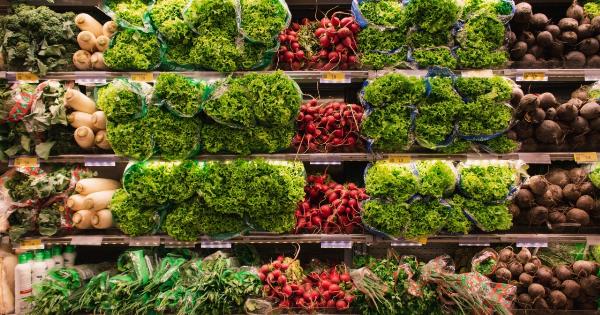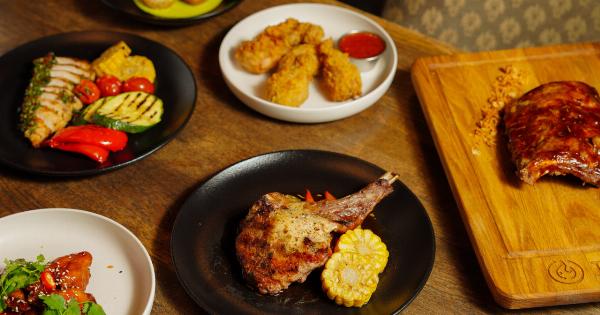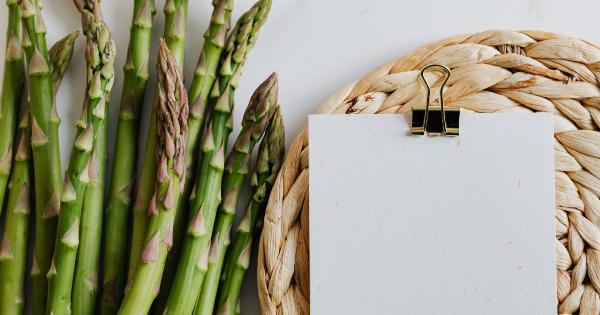Sodium is an essential mineral that plays a vital role in maintaining fluid balance in our bodies. However, consuming too much sodium can lead to health problems such as high blood pressure, heart disease, and stroke.
The average person consumes more than twice the recommended amount of sodium per day, mostly from processed and restaurant foods. Thankfully, there are plenty of low-salt alternatives available that can help us reduce our sodium intake without compromising on taste.
In this guide, we will explore various strategies and options for choosing sodium-rich alternatives and making healthier choices.
Understanding Sodium and its Impact
Sodium is naturally found in many foods, including vegetables, fruits, and dairy products. It is also present in higher quantities in processed foods, fast food, and restaurant meals.
The main source of sodium in the American diet is typically processed foods, such as canned soups, snacks, and ready-to-eat meals. These processed foods often contain hidden sodium, contributing to excessive salt intake.
Excessive sodium intake can lead to high blood pressure, as it causes our bodies to retain more water. Over time, this can strain the heart, arteries, kidneys, and other organs.
High blood pressure, also known as hypertension, is a significant risk factor for heart disease, stroke, and other cardiovascular conditions. By choosing low-salt alternatives, we can lower our sodium intake and reduce the risk of these health problems.
Identifying Sodium-Rich Foods
When it comes to identifying sodium-rich foods, reading food labels is crucial. The Nutrition Facts label provides information about the amount of sodium in a specific product.
However, it’s important to note that the sodium content listed on food labels is often per serving. Be mindful of the serving size and multiply the sodium content by the number of servings you consume.
Some common high-sodium ingredients and food items to watch out for include:.
- Canned soups and broths
- Processed meats (sausages, bacon, hot dogs)
- Fast food and takeout meals
- Packaged snacks (chips, pretzels)
- Cured and smoked meats (ham, deli meats)
- Canned vegetables and beans
- Condiments (ketchup, soy sauce, salad dressings)
Strategies for Choosing Low-Salt Alternatives
Reducing sodium intake can be challenging, especially if you’re accustomed to consuming processed and restaurant foods. However, with the right strategies and alternatives, it is possible to make healthier choices.
Here are some tips to help you choose low-salt alternatives:.
1. Cook at Home and Control Sodium Levels
By cooking meals at home, you have greater control over the ingredients and sodium content. Use fresh ingredients and herbs to enhance the flavors of your dishes instead of relying on salt.
Experiment with different herbs and spices to create delicious low-sodium meals.
2. Choose Fresh and Whole Foods
Fresh fruits, vegetables, and whole grains are naturally low in sodium. Opt for fresh produce instead of canned or processed versions, as they often have added salt.
Aim to fill your plate with colorful, nutrient-rich foods that are naturally low in sodium.
3. Read Food Labels Carefully
When shopping for packaged foods, carefully read the Nutrition Facts label. Look for products labeled “low-sodium” or “no added salt.” Compare different brands and choose the ones with the lowest sodium content.
Be wary of products labeled as “reduced sodium,” as they may still contain a significant amount of sodium.
4. Rinse and Drain Canned Foods
If you need to use canned vegetables or beans, rinse them under running water to remove excess sodium. Drain the liquid before adding them to your recipes. This simple step can reduce the sodium content significantly.
5. Limit the Use of Condiments
Condiments like ketchup, soy sauce, and salad dressings can be high in sodium. Use them sparingly and consider making your own homemade versions using low-sodium ingredients. Look for reduced-sodium or no-salt-added options in the condiment aisle.
6. Explore Salt Alternatives
Experiment with salt alternatives to add flavor to your meals. Herbs, spices, and citrus juices can enhance the taste of your dishes without the need for excessive salt.
Some popular salt substitutes include garlic powder, onion powder, lemon zest, and vinegar.
7. Be Mindful of Hidden Sodium
Some processed foods may not taste particularly salty but can still have high sodium content. Examples include breakfast cereals, bread, and even some sweet desserts.
Pay attention to the sodium content of these seemingly “innocent” foods and choose low-sodium alternatives when possible.
8. Opt for Fresh Herbs and Spices
Fresh herbs and spices can elevate the taste of your meals without adding sodium. Experiment with different combinations to discover new flavor profiles. Keep a variety of herbs and spices in your pantry to enhance your cooking without relying on salt.
9. Prepare Meals in Advance
Preparing meals in advance can help you stay on track with your low-sodium diet. Set aside some time each week to plan and cook meals that can be easily reheated later. This way, you’ll be less likely to rely on high-sodium convenience foods.
10. Dining Out Tips
When dining out, it can be challenging to control the sodium content of your meals. However, there are some strategies you can employ:.
- Choose restaurants that offer healthier options and make requests for low-sodium preparations.
- Ask for dressings, sauces, and gravies on the side, and use them sparingly.
- Inquire about the ingredients and preparation methods used in your chosen dish.
- Avoid adding additional salt to your meal or using soy sauce liberally.
Conclusion
Choosing low-salt alternatives is a crucial step towards reducing our sodium intake and promoting better health.
By being mindful of the sodium content in our food choices, reading food labels, and exploring alternatives, we can make significant progress in avoiding sodium-rich foods. Remember, small changes in our everyday choices can have a significant impact on our overall well-being.





























